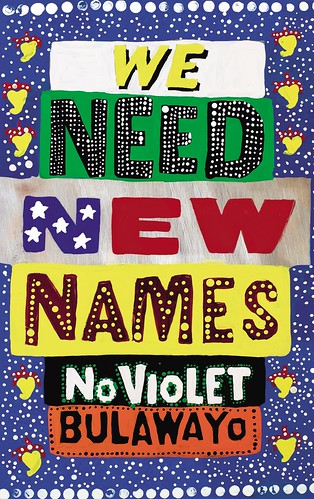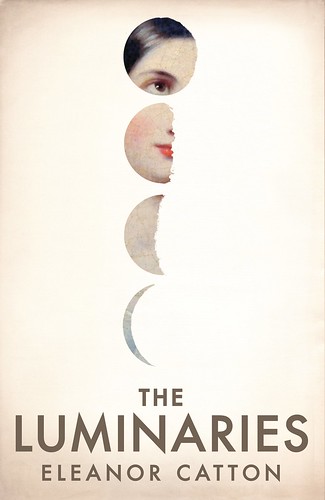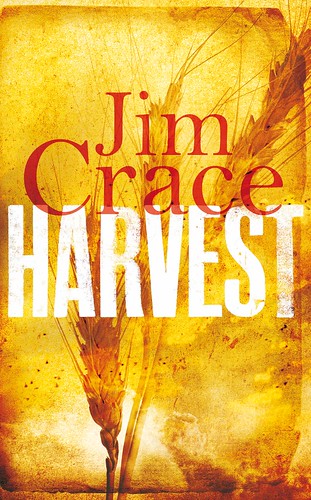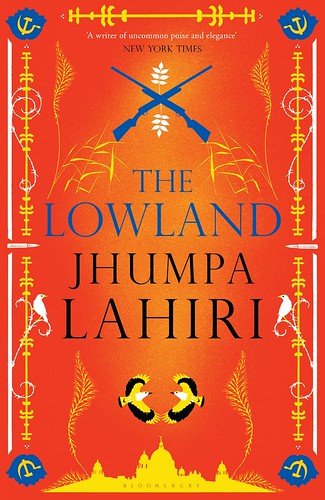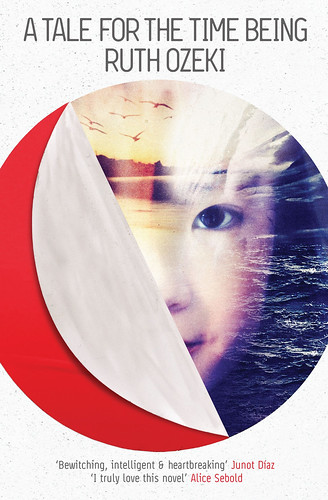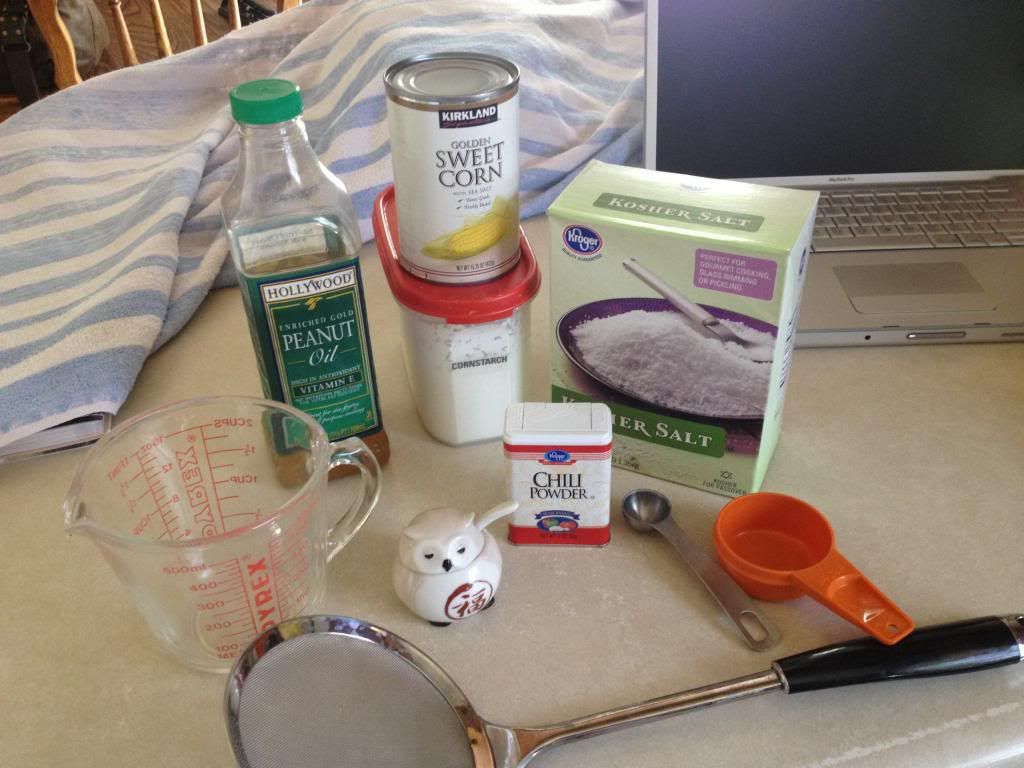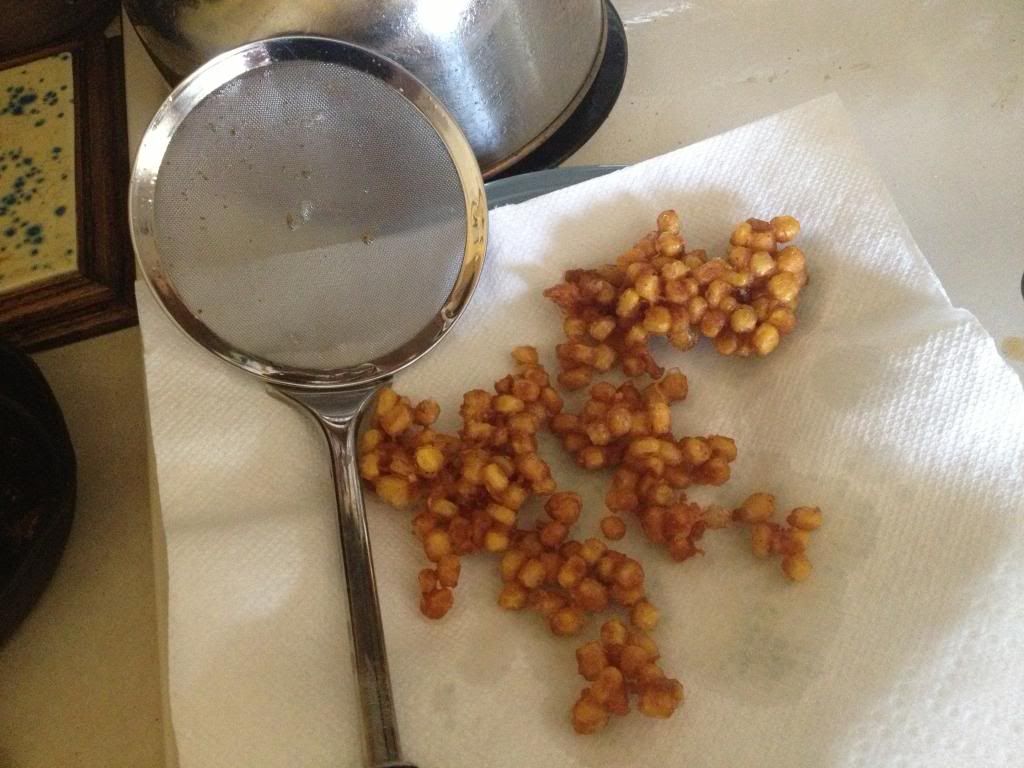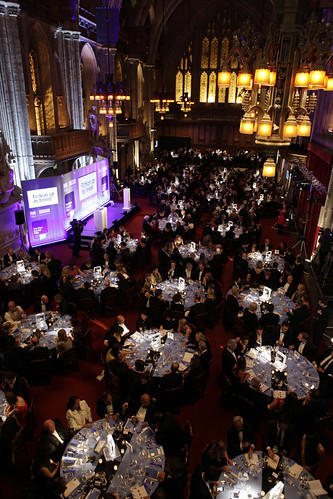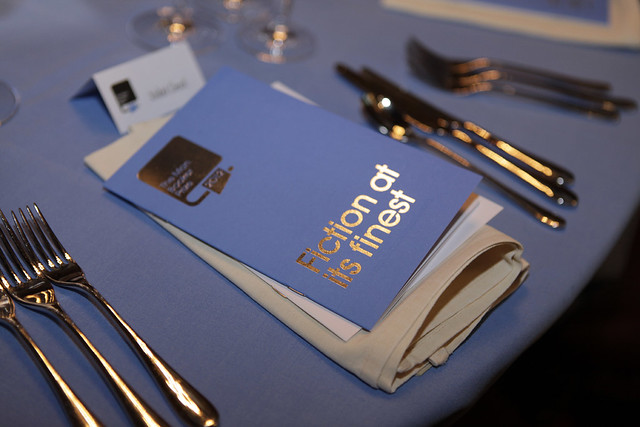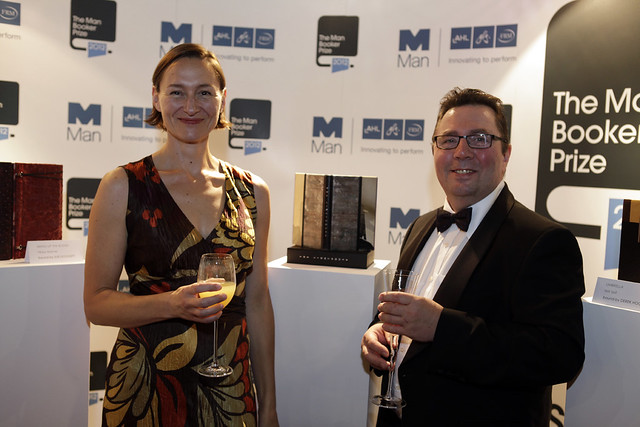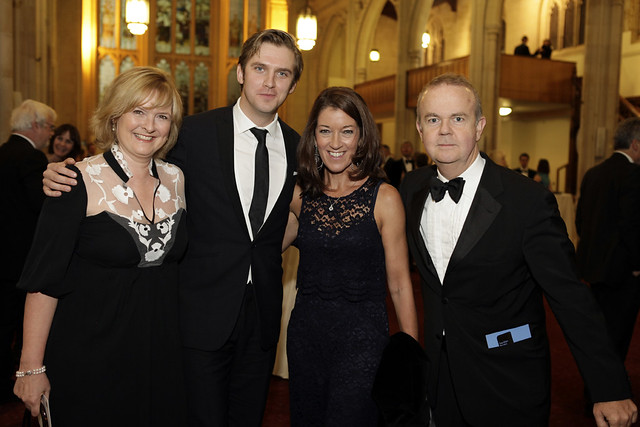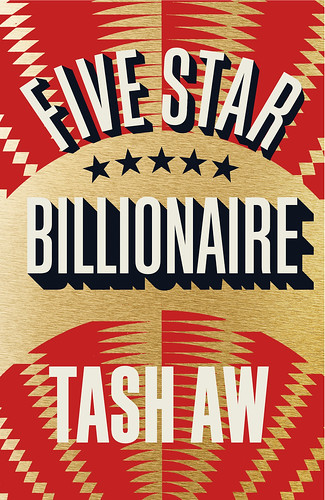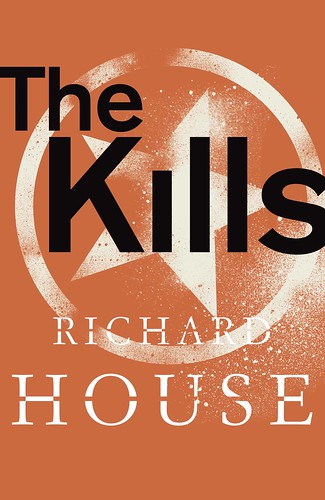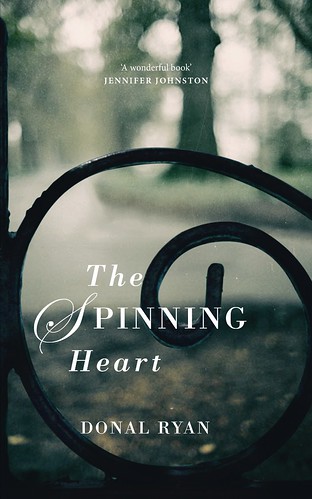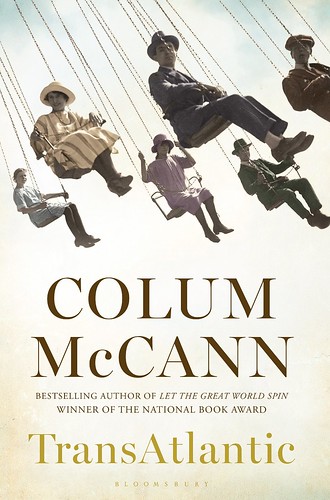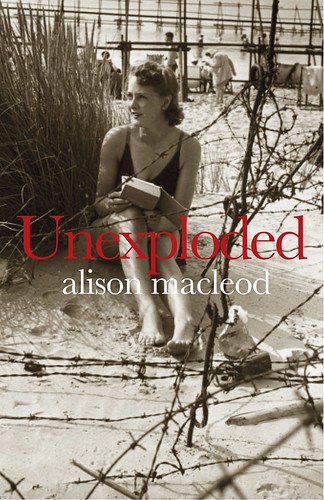Over the summer we were browsing the titles available on NetGalley when we saw a collection of poems and art inspired by the Antigone by Sophocles. This appealed to us both: Alyssa studied a translation of the tragedy in high school, and Susan is a card-carrying classics nerd. Regardless of our enthusiasm we both let about a month pass without actually reading it because we both wanted to look at the Sophocles to have a good understanding of the story before we started the modern work.
We decided to read the first 200 lines together, and by the time we looked at the clock it was hours later and we had finished Sophocles (translated by Ian Johnston, who has generously made all his accurate and fluid translations available free online) and also Marie Slaight’s Antigone Poems. Some classics are healthy for your soul, and other classics are freaking awesome in general. The Antigone is in the latter camp. It has the Deep Thoughts and Tragic Ending you expect from a top-notch Greek drama, and then it has humor that you wouldn’t expect to see in tragedies.
If you already can quote the Antigone in English and Greek, feel free to skip ahead to “The Antigone Poems.” If you’ve never felt inspired to read the play (or if your memory of it is a little rusty), here’s our summary. We cut out 90% of the morality debate because if you care enough about that part of the play, you can read it yourself.
The fun begins right away with BITCHY TEENAGE GIRLS. It’s like Sophocles had his finger on the pulse of YA lit 2500 years before it became a thing. We were surprised to find, at the beginning of one of the most famous tragedies of Western tradition, that the first 100 lines are just two sisters snarking at each other. Granted, their sniping is over whether they should give their dead treasonous brother some funeral rites, or whether they should obey the law of the ruler that traitors should be left for dogs to eat. It sounds really heavy when you list what their fight is about, but let’s look at a little of the passive aggressive bitchiness instead:
ISMENE
What? You’re going to bury Polyneices,
when that’s been made a crime for all in Thebes?
ANTIGONE
Yes. I’ll do my duty to my brother—
and yours as well, if you’re not prepared to.
I won’t be caught betraying him.
ISMENE
You’re too rash.
Has Creon not expressly banned that act?
ANTIGONE
Yes. But he’s no right to keep me from what’s mine.
ISMENE
O dear. Think, Antigone.
I’ll ask those underground for pardon—
since I’m being compelled, I will obey
those in control. That’s what I’m forced to do.
It makes no sense to try to do too much.
ANTIGONE
I wouldn’t urge you to. No. Not even
if you were keen to act. Doing this with you
would bring me no joy. So be what you want.
I’ll still bury him. It would be fine to die
while doing that. I’ll lie there with him,
with a man I love, pure and innocent,
for all my crime. My honours for the dead
must last much longer than for those up here.
I’ll lie down there forever. As for you,
well, if you wish, you can show contempt
for those laws the gods all hold in honour.
ISMENE
I’m not disrespecting them. But I can’t act
against the state. That’s not in my nature.
ANTIGONE
Let that be your excuse. I’m going now
to make a burial mound for my dear brother.
We’re pretty sure that the correct way to read almost all of Antigone’s possessive adjectives is with a prominent italic-font sneer. “
My honors for the dead must last much longer than for those up here.” Burn. Ismene is not enough of a mean girl to get in too many zingers in response, but she lets Antigone know that she is “incapable of carrying out” her mission, which “makes no sense.”
Antigone leaves in a huff, telling Ismene to go to hell (although in her loyalty and piety she is the one prepared to go there herself).
Because it’s a Greek drama, the chorus tromps in to explain the actual context for the play (Oedipus’ sons just had a civil war the previous day and killed each other; their uncle Creon is now the insecure ruler of Thebes). They use a lot of beautiful poetry to get their point across.
Creon, the stubborn new king, is proclaiming his decision to dishonor the corpses of the civil war losers and punish anyone who dares to say a prayer over them, when an inept guard trudges in to tell us that someone has --gasp-- done some funeral ritual for the dead traitor bro. The guard is a proto-Polonius out of Hamlet. He explains three different ways that he didn’t run to give Creon the news (“don’t shoot the messenger” isn’t standard practice in Thebes, it seems), gives a CSI report on the crime scene (“no sign of digging,” “no trace of a wild animal,” etc.), and then hangs around long enough to check that he’s irritating Creon just by speaking (“I offend your ears”). The guard is comedic gold by the end of his scene; we double checked that we were reading a tragedy as we spat out our tea in laughter.
The guard, who would never have been able to solve the case through his own skill, gets a lucky break when Antigone returns to the scene of the crime to mourn some more, and he brings her before Creon for questioning. Creon must be one of actors’ favorite roles because it’s completely unclear how Creon initially feels about Antigone’s crime. Reading it yesterday, we got the impression that he gives her a few chances to talk her way out of the proclaimed death penalty, and that it isn’t until she is a sanctimonious rebel that he decides to follow through on the punishment.
Creon and Antigone have a spirited debate, in which he jumps to the conclusion that any sign of wavering on his part will be an inversion of nature, and that listening to Antigone will emasculate him. Because being a woman is contagious. The only possible explanation for Creon’s apparent intense hatred of women, despite the obvious love he bears his wife that we will witness in a later scene, must be that he is experiencing temporary insanity due to lack of sleep since OH YEAH THERE WAS A CIVIL WAR YESTERDAY. Go take a nap, Creon, before trying to make any life-altering decisions!
Anyway, after Antigone unleashes some Little Red Hen style scoffing off of Ismene’s attempt to die with her, everyone from Creon’s son (and Antigone’s fiancé) Haemon to the legendary blind prophet Tiresias to the entire old men chorus tells Creon that his plan to seal Antigone in a cave to choose her own death is unsound, politically and morally. Antigone’s already been sealed in, bitterly lamenting that she has no friends with her as she dies (and conveniently forgetting that she rejected her sister’s attempt to fill that very role), by the time Creon realizes that, yes, freeing her would be a good idea.
A messenger tells Creon’s wife the rest of the story: as Creon was ambling up to the tomb to free Antigone, he and his men saw traitor bro’s body getting eaten by animals. They stopped to do a real funeral, and then made their way to Antigone’s tomb from which was emanating the voice of Haemon. Haemon, crazy with grief over finding Antigone hanged, attempted to kill his father and then turned his sword on himself. Creon’s wife silently goes back into the palace.
When Creon returns, holding his son’s body and blaming himself for the tragic death, he’s greeted with the news that his wife has committed suicide earlier. Creon prays to die, and the chorus tells him that he’s going to have to carry on and be wiser about piety.
Which brings us to the (very) slim volume of poetry being published next year . . .
The Antigone Poems
 Title:
Title: The Antigone Poems
Author: Poetry by Marie Slaight, Art by Terrence Tasker
Publisher:Altaire Productions and Publications
Publication Date: January 15th, 2014
Read: September 2013
Where It Came From: eARC from publisher via NetGalley*
Genre: Poetry
Rating: 3.5 Lines of Sophocles
Hit it publisher/poet (the poet is the founder of the publishing company):
Passionate, brutal, and infused with extraordinary lyricism, The Antigone Poems provides a special expedition into the depths of the ancient Sophocles tragedy. The work’s obsessive, ritualistic and ultimately mysterious force brings into sharp focus the heroic, tragic figure at the center of the primordial compact between gods and humans. The work, a collaboration between poet, Marie Slaight and artist, Terrence Tasker, was created in the 1970’s, while the artist were living in Montreal and Toronto. [sic]
If it were not for the title of the book and that blurb, there would be no way to figure out that the poems and art had anything to do with Antigone. This is basically how our conversation about the poems went:
Susan: So when in the Antigone story are these poems taking place?
Alyssa: I don’t think it’s supposed to be that literal.
Susan: But it’s in chapters! Doesn’t that mean there’s an order?
Alyssa: I think the book needs more explanation.
Susan: Yeah.
Alyssa: All I’m getting from these poems is sex.
Susan: Who is having sex in the Antigone, anyway?
Alyssa: I’m not sure it has to be so literal. But maybe Haemon and Antigone, before the events of the play? Wait! Maybe there’s something on the page I just read.
Susan: Yeah, I think I see some glimmers too.
Alyssa: But what is it with the sun?
Susan: Maybe she’s getting sealed into the tomb?
Alyssa: I really don’t think it’s supposed to be that literal.
And so on. We were confused and it took a bit of work to speculate about what's in the poems.
This isn’t to say the poetry isn’t beautiful. Slaight’s writing is excellent, and sets up moments of surprise through unusual diction. Most pages have only a few lines of free verse, with a conclusion that isn’t as simple as it appears at first.
We live our lives
The instant between life and death.
To touch death always,
That is the sun.
This poem seems lovely at first read. Basic, and with a line between death and life that is all too near. But as part of an Antigone collection, it gathers more meaning. To touch the sun is a Greco-Roman way of striving past human limits, and invariably results in a human dying. When Phaethon tries to drive the chariot of the sun, he can’t keep from harming the earth by his erratic path; Icarus flies too close to the sun and falls to earth as the wax in his wings melts; and Odysseus’ crew is killed for eating Helios’ herd. We can layer this idea with that of the Antigone itself, chiefly that the Thebians are overreaching by ignoring the rites of the gods. Slaight, in her poem, is not so literal as to make that connection, but rather twists the mythological idea: no longer is it touching the sun that is death, but the sun is touching death. One interpretation could be that the gods, unlike humans, have no choice about the boundaries between the mortals and divine. They simply uphold the standard.
The final pages are the clearest, and complicate the poet’s claim that the collection is meant to focus on the relationship between human and god:
And why.
I wanted everything.
To live all lives, all deaths, encompass all women.
To smash every confine.
And what have I done.
I don’t know.
I have written a few words
Created a few images
Influenced a few lives.
I live at the corner of St. Lawrence and Pine.
I have three children.
The final charcoal image shifts from classic drama masks and timeless sketches of nudes, to a modern-dressed person, with softer lines and a warmth to her face. Her shirt collar is uneven, one side proudly up and the other flat on her clavicle. This is no heroine of classical tragedy, but rather a woman who is grappling with life in its more mortal sense. Not to be a name whispered throughout the city, not to change the world with one action. But to be a person, whose accomplishments are on a smaller scale, and perhaps less transgressive than those of heroic myths.
The Antigone Poems is a very short collection, capable of being reread several times with one cup of tea. Though its poems vary in accessibility, the book’s interplay of image and poetry is consistently polished and intriguing. Its connection to Sophocles and the human compact with the gods seems tenuous, however, and that is disappointing since the book is advertising itself as a response to Sophoclean themes. We cannot dislike poetry that has moments of exquisite beauty, but it seems disingenuous to claim that we understood enough of it to truly love it.
*As ever, much as we are grateful for the copy, our review is uninfluenced by its source.
 Title: The Burning Sky
Title: The Burning Sky










